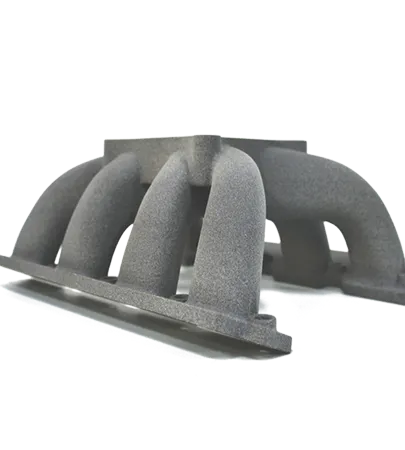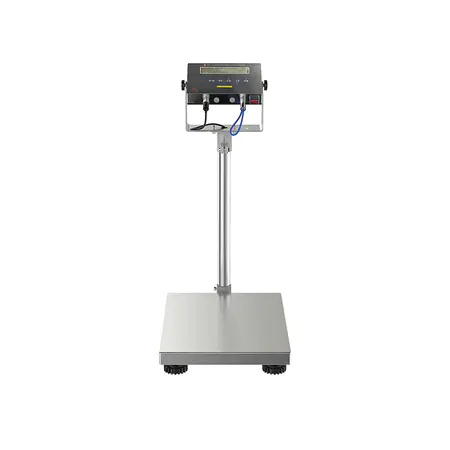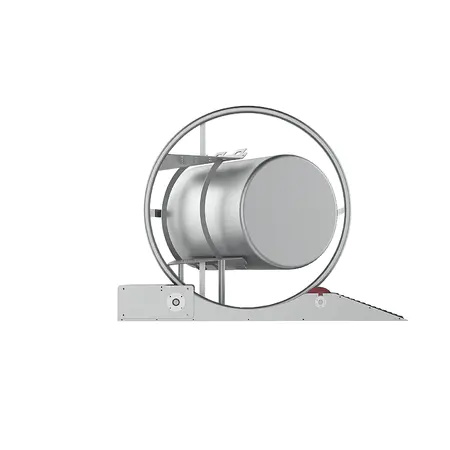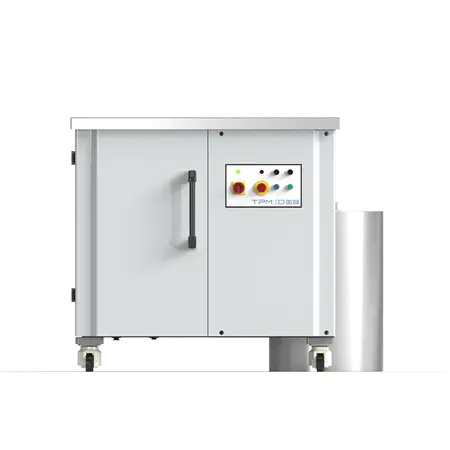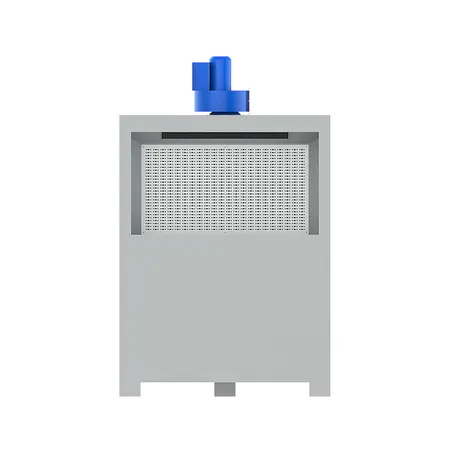TPM 3D Asia Advanced Materials Printing Center
TPM 3D Asia advanced materials printing center located in Jiangsu Province, cover the area with more than 1000 m2. The center consists of intelligent manufacturing 3D printing display platform, industrial and advanced materials intelligent printing center, medical sterile R&D experiment labs, and SLS post processing center and multimedia conference zone.
3D Printing Digital Medical Center
The center construction includes three phases, we can provide orthopedic insoles, orthopedic pillows, scoliosis braces, knee orthoses, application of surgical guides for head, pelvis, spine and knee joints and 3D printing of braces, as well as orthopaedic standardized implant products development.
Our research
TPM3D has successfully developed 10+ laser sintering additive manufacturing systems, and more than 10 kinds of polymer powder printing material for high-quality parts manufacturing, has more than 30 national patents as well.
Related Products
More items about polymer powder
Polymer Powder
TPM3D technical team has been engaged in industrial 3D printing business since 1999 and has become the industry brand with 20 years focusing on 3D printing service。
TPM3D has various customers at home and abroad from the fields of automobile, electrical appliances, electronics, medicals, cultural & creative, education, aerospace, such as Guangzhou Automobile, Dongfeng Motor, Gree Group, LG Electronics, TTI, Fohan Service Bureau, Tongji University, Southern University of Science and Technology, University of Texas at Austin, and Massey University Auckland.
Polymer Powder | Wide Variety
There are many types of polymer powders that can be directly used for 3D printing.
ABS has good hot melt and impact strength, and is the preferred engineering plastic for fused deposition 3D printing technology. It is used after powdering, and its application range covers almost all daily necessities, engineering supplies and some mechanical supplies.
PA powder is the most used and successful material in SLS printing technology. With its own excellent properties and modification properties, it has its presence in industrial manufacturing and daily life.
PEEK has the characteristics of excellent wear resistance, biocompatibility, chemical stability, and Young's modulus that is closest to human bone. It is an ideal artificial bone replacement material and is suitable for long-term implantation in the human body.
Others, in addition, there are various PCL, PP, PAK, etc., which are also polymer powders that can be directly 3D printed. You can choose according to your own needs.
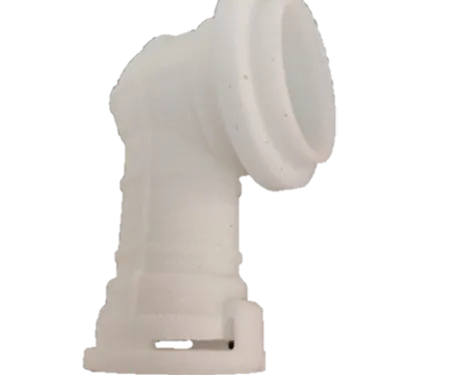
What Are the Advantages of Polymer Powder?
As one of the most advanced technology, polymer powder 3D printing has many advantages such as high materials utilization rate, free of support structure, great design freedom, and large available materials, which has shown great potential and prospects in various industry applications.
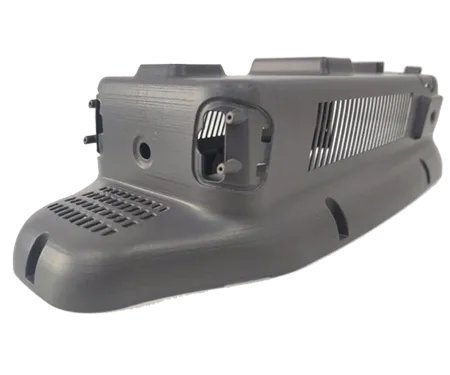
What Makes Our Polymer Powder Special?
Thermoplastic products even outperform metals in weight and stiffness ratios in some cases. In certain applications, 3D printed high-performance thermoplastics can replace aluminum alloys. Thermoplastic 3D printing materials are widely used, such as medical implants (PEEK), sports shoe soles (TPU), automotive functional parts (PA), precision casting (PS), etc.
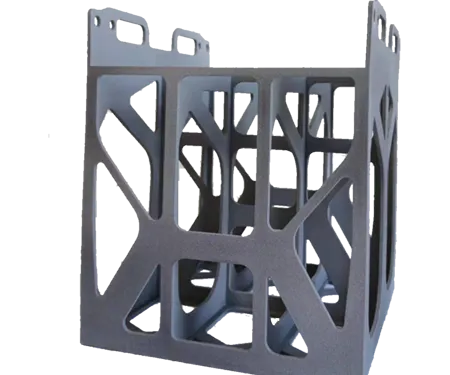
Classification/category of Polymer powder
Classification of Polymer powder:
Plastic polymers, thermoset polymers and polymer composites. Commonly used thermoplastic materials for 3D printing include polystyrene (PS), polyurethane (TPU), polyetheretherketone (PEEK), polypropylene (PP), ABS, nylon (PA), and more. The currently developed polymer composites mainly include particle-reinforced polymer composites, fiber-reinforced polymer composites and nanocomposites.
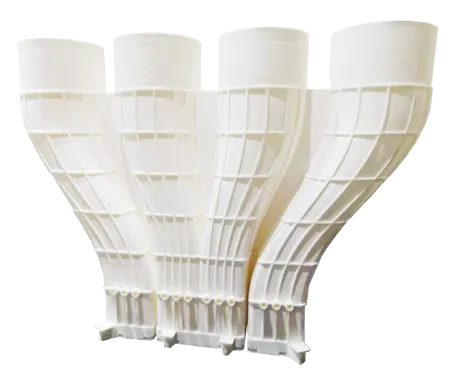
User Reviews
What users say about TPM 3D printing
Frequently Asked Question
Do you have any question?
Polymer powder PA12, commonly referred to as polyamide 12 or nylon 12, is an economical thermoplastic material commonly used for 3D printing applications, providing strength, durability, and versatility all at the same time.
PA12 offers excellent mechanical strength, impact resistance and dimensional stability. Furthermore, its chemical resistance, low moisture absorption rate and compatibility with selective laser sintering (SLS) technology makes it suitable for a range of applications.
Polymer powder PA12 finds application across multiple industries including automotive, aerospace, consumer goods and engineering. It can be used for functional prototypes, end use parts or components requiring high performance characteristics.
Yes, Polymer powder PA12 exhibits good resistance to chemicals and extreme weather conditions such as heat, moisture and UV radiation exposure.
Although polymer powder PA12 offers outstanding mechanical properties, its heat resistance may be slightly less compared to other materials. When considering using PA12 in high temperature environments it is important to carefully consider specific application needs and temperature constraints in order to meet all necessary specifications.
Yes, PA12 polymer powder can be recycled. Any excess powder can be collected, sieved and reused thereby minimizing waste and contributing towards sustainability in 3D printing processes.

